Differences between the early yellows
oath5
12 years ago
Related Stories
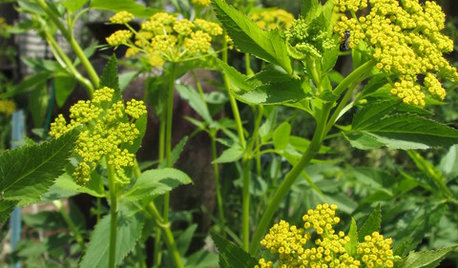
GARDENING GUIDESGreat Design Plant: Golden Alexanders for Early Spring Color
Get sunny flowers while other garden growers are still asleep, with this adaptable prairie plant beloved by butterflies
Full Story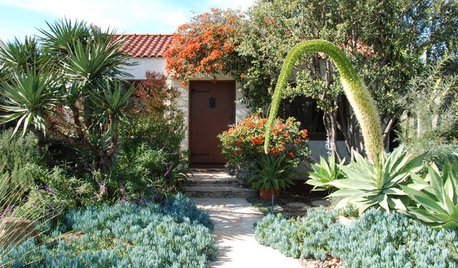
MY HOUZZMy Houzz: Early-California Style for a 1920s Home and Garden
Native plantings and flea market treasures fill the cozy live-work space of a Southern California landscape designer
Full Story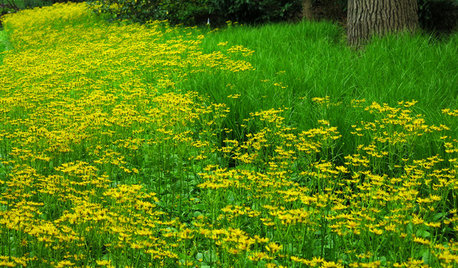
FALL GARDENING5 Native Early-Spring Bloomers to Plant This Fall
Think beyond tulips and daffodils this year with plants that you and native pollinators will love
Full Story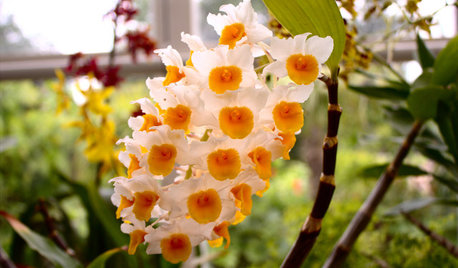
HOUSEPLANTSOrchids 101: Try Something Different With Dendrobiums
If you’re looking for something out of the ordinary, these orchids may be a good choice
Full Story
LIFECondo, Co-op, Townhouse, TIC — What's the Difference?
Learn the details about housing alternatives so you can make a smart choice when buying a home
Full Story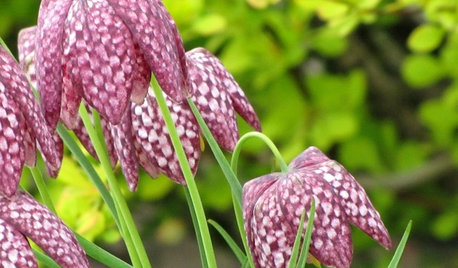
FALL GARDENING7 Delightfully Different Bulbs for Your Spring Garden
Fall planting: Stray from the standards for a more exotic spring garden that draws applause
Full Story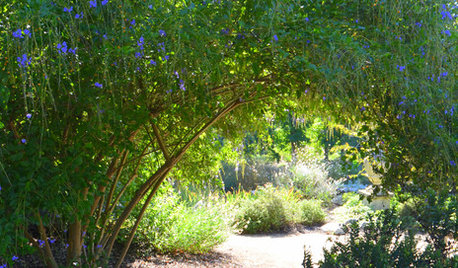
FLOWERS AND PLANTSHeat-Loving Duranta Erecta Blooms From Spring Into Early Fall
Golden dewdrops, a versatile tropical shrub, has delicate purple and white blossoms
Full Story
DECORATING GUIDESStrange but True Parallels Between Early Western and Old Japanese Style
Part 1 of our 'wabi-sabi' series: in which Shaker and Arts and Crafts designs reveal simplicity, modesty and integrity
Full Story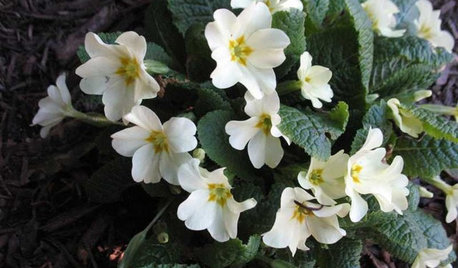
SPRING GARDENING7 Great Container Plants for Early-Spring Appeal
Good things sometimes come to those who impatiently head to the nursery for plants that can take a chill
Full Story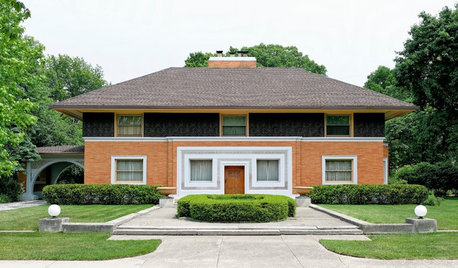
EVENTSView Frank Lloyd Wright’s Early Work on a Chicago Architecture Walk
This annual spring tour features Chicago-area homes by the master of Prairie-style architecture and those who worked with him
Full Story




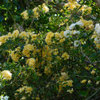

Tessiess, SoCal Inland, 9b, 1272' elev
roseseek
Related Discussions
Difference between maincrop & 2nd early potatoes once planter!!
Q
First Set Of Leaves Turning Yellow. Early Signs Of????
Q
Differences between Early Yellows
Q
Yellowing and dying pumpkin leaves early on
Q
User
Tessiess, SoCal Inland, 9b, 1272' elev
mad_gallica (z5 Eastern NY)
olga_6b
phoebe
anntn6b
roseseek
olga_6b
User
vettin
olga_6b
lori_elf z6b MD
oath5Original Author
roseseek
stefanb8
olga_6b
harborrose_pnw
roseseek
luxrosa
roseseek
stefanb8
roseseek
olga_6b
roseseek